
Deutsch-Chinesische Enzyklopädie, 德汉百科
 Washington, D.C.
Washington, D.C.


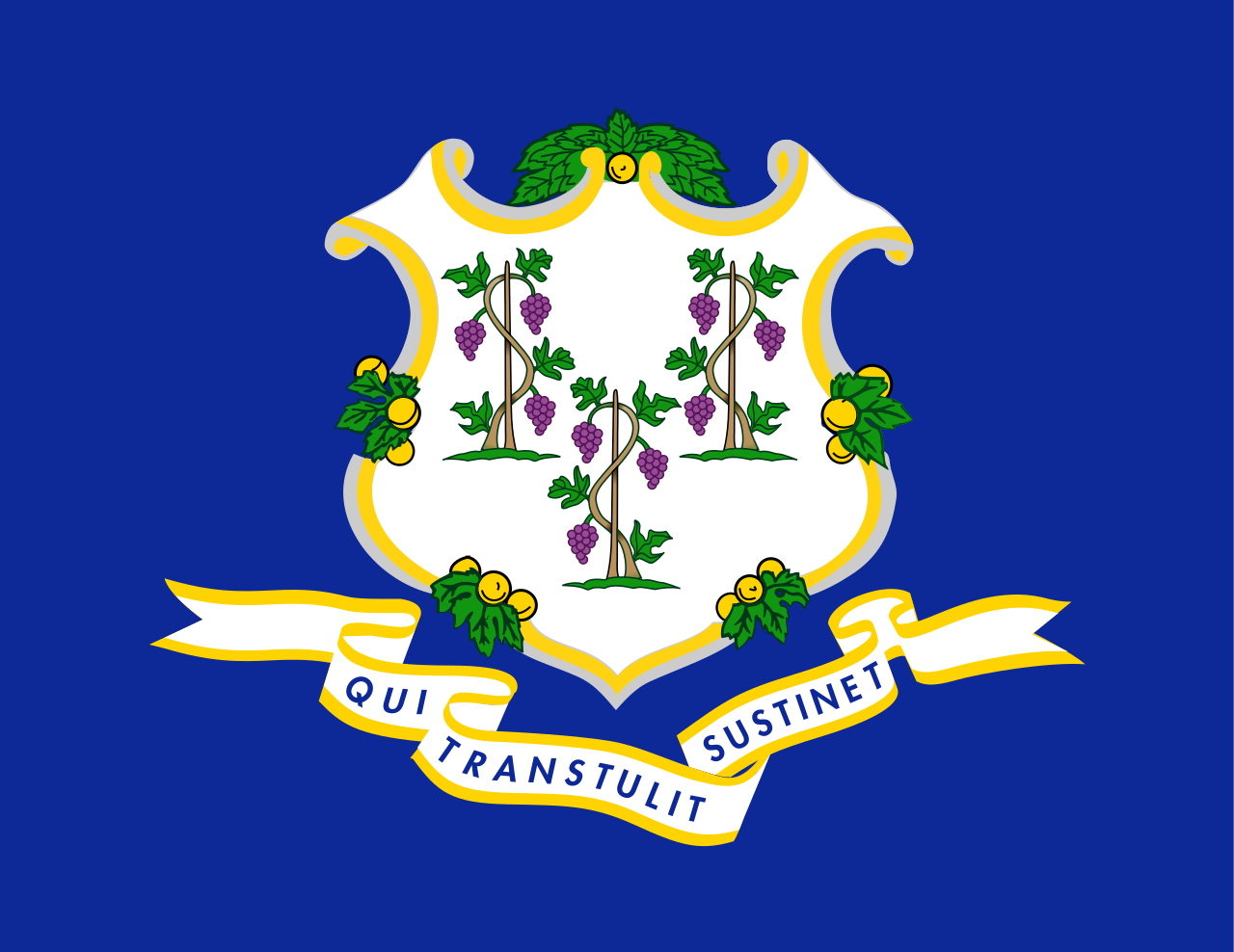 Connecticut-CT
Connecticut-CT

 Delaware-DE
Delaware-DE

 Maryland-MD
Maryland-MD

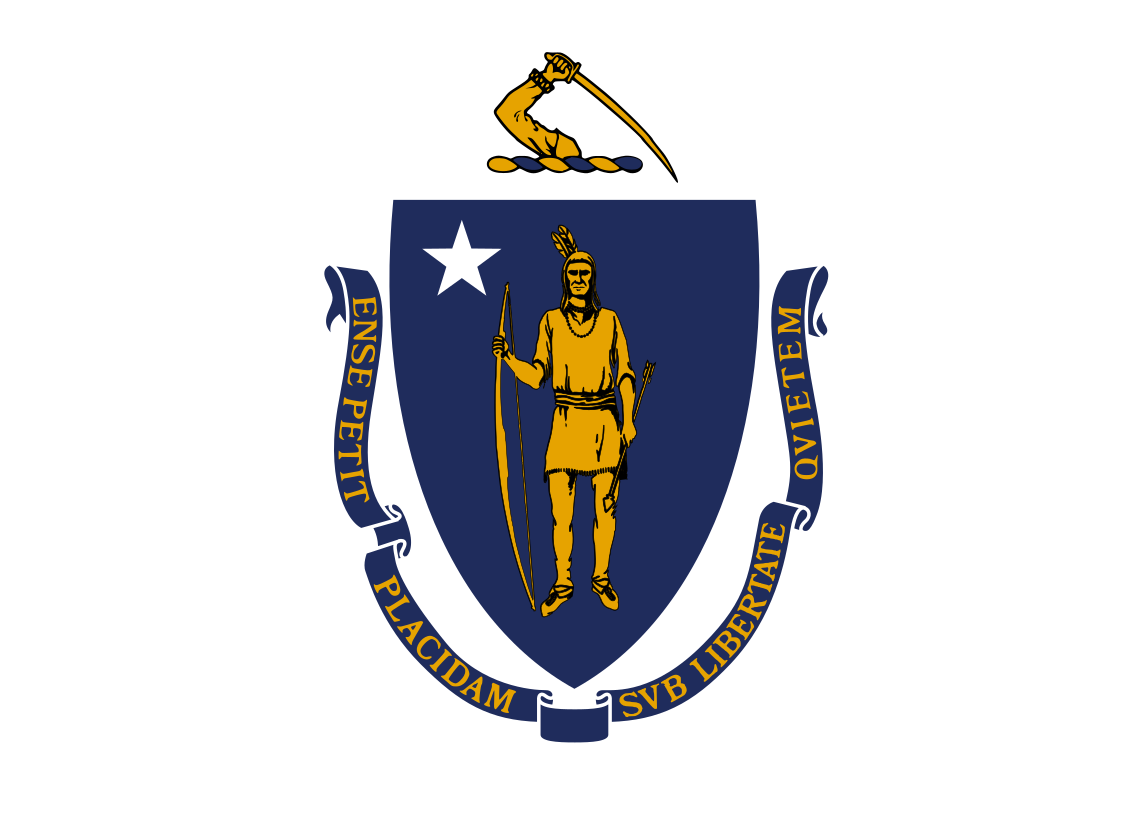 Massachusetts-MA
Massachusetts-MA

 New jersey-NJ
New jersey-NJ

 New York-NY
New York-NY

 Pennsylvania-PA
Pennsylvania-PA

 Rhode Island-RI
Rhode Island-RI
 High speed train technology
High speed train technology
 Rad-Schiene-System
Rad-Schiene-System
 High speed train technology
High speed train technology
 Central drive
Central drive

 Transport and traffic
Transport and traffic
 High speed traffic
High speed traffic

 Transport and traffic
Transport and traffic
 High speed train technology
High speed train technology
 United States
United States

 Washington, D.C.
Washington, D.C.



 AIRBUS
AIRBUS
 Airbus Helicopters
Airbus Helicopters
 AIRBUS
AIRBUS
 Airbus
Airbus
 AIRBUS
AIRBUS
 Airbus Defence and Space
Airbus Defence and Space
 Airbus A300
Airbus A300
 Airbus A310
Airbus A310
 Airbus A320
Airbus A320
 Airbus A330
Airbus A330
 Airbus A340
Airbus A340
 Airbus A350
Airbus A350
 Airbus A380
Airbus A380
 Airbus Group
Airbus Group
 Airbus
Airbus

 Alabama-AL
Alabama-AL

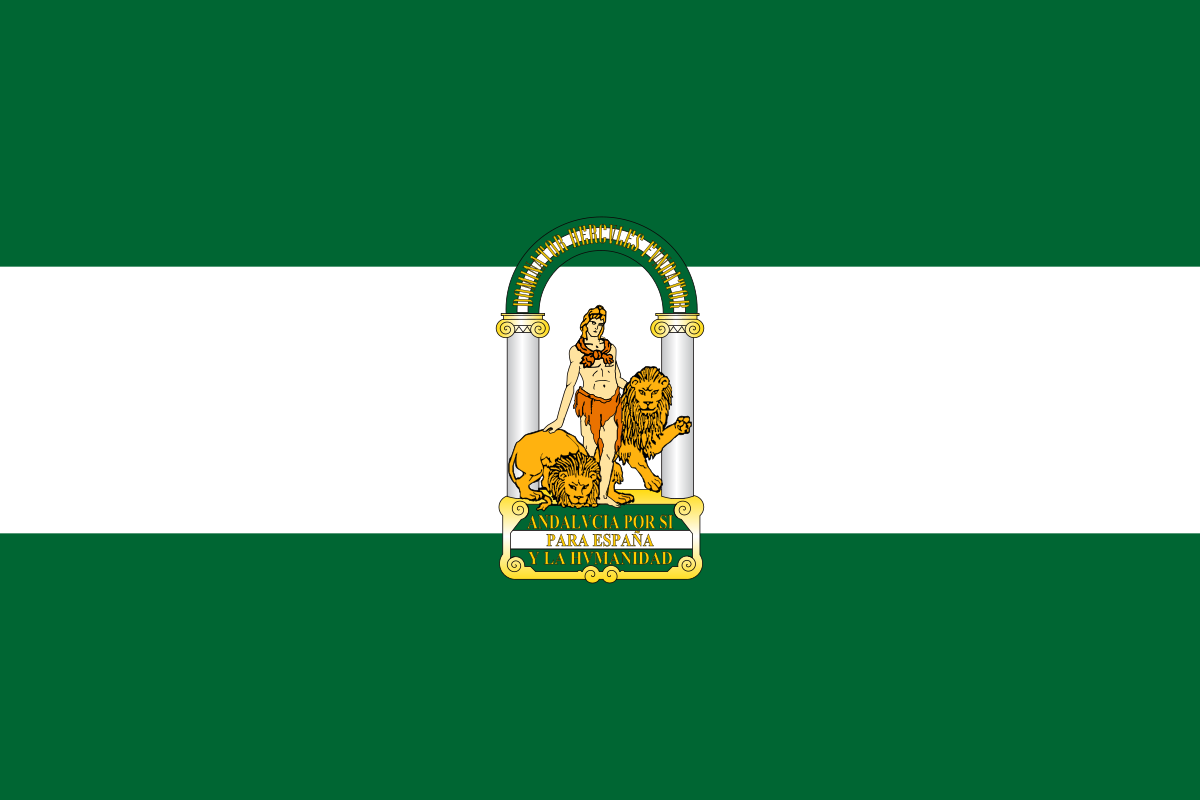 Andalusia
Andalusia

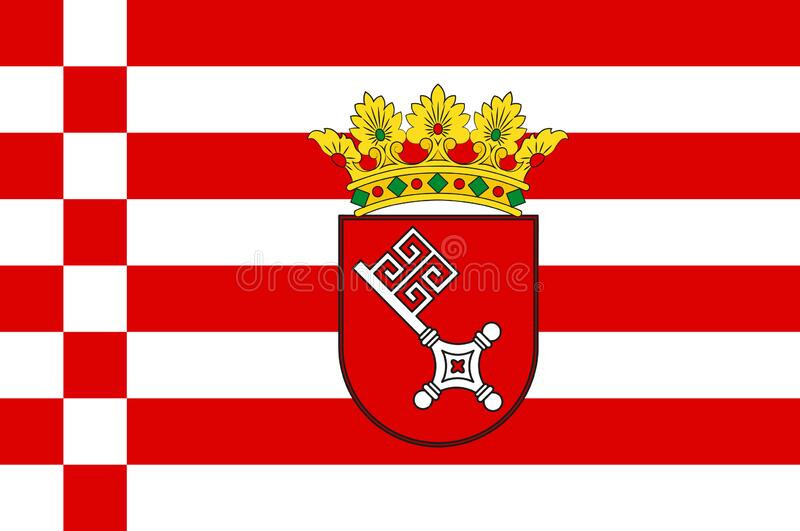 Bremen
Bremen

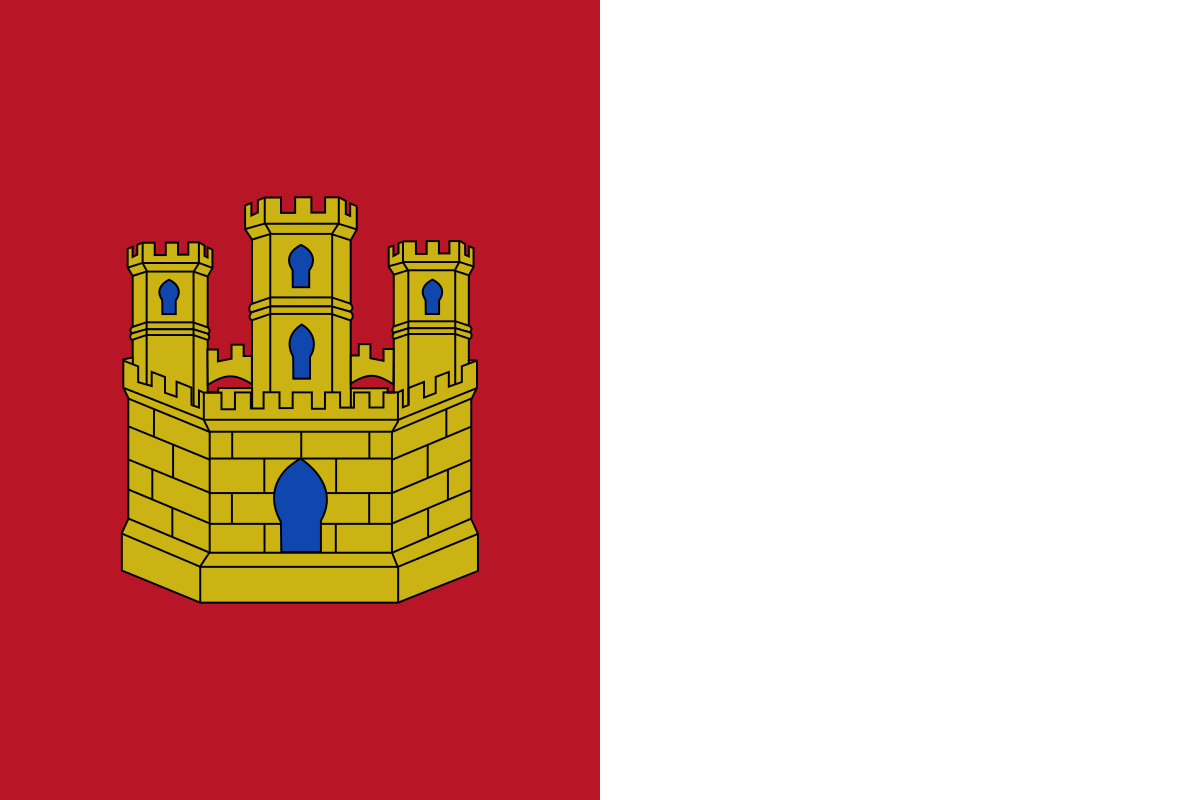 Castilla-La Mancha
Castilla-La Mancha
 China
China
 Germany
Germany
 England
England

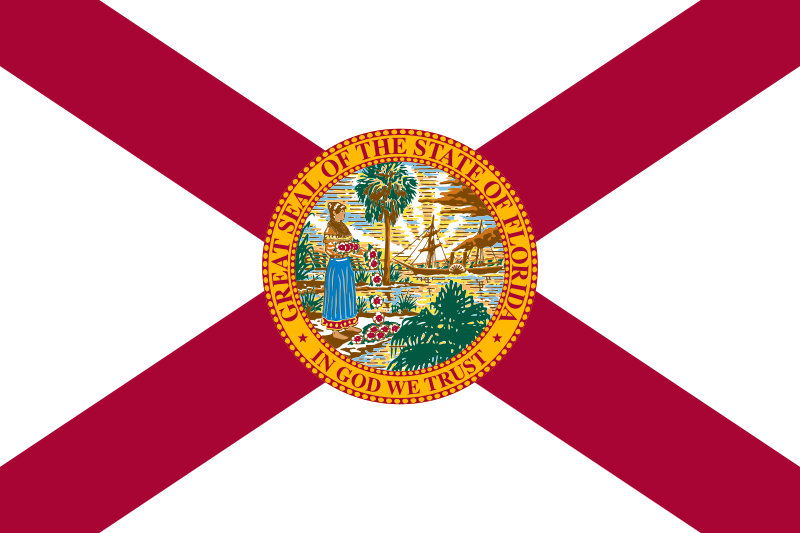 Florida-FL
Florida-FL
 France
France

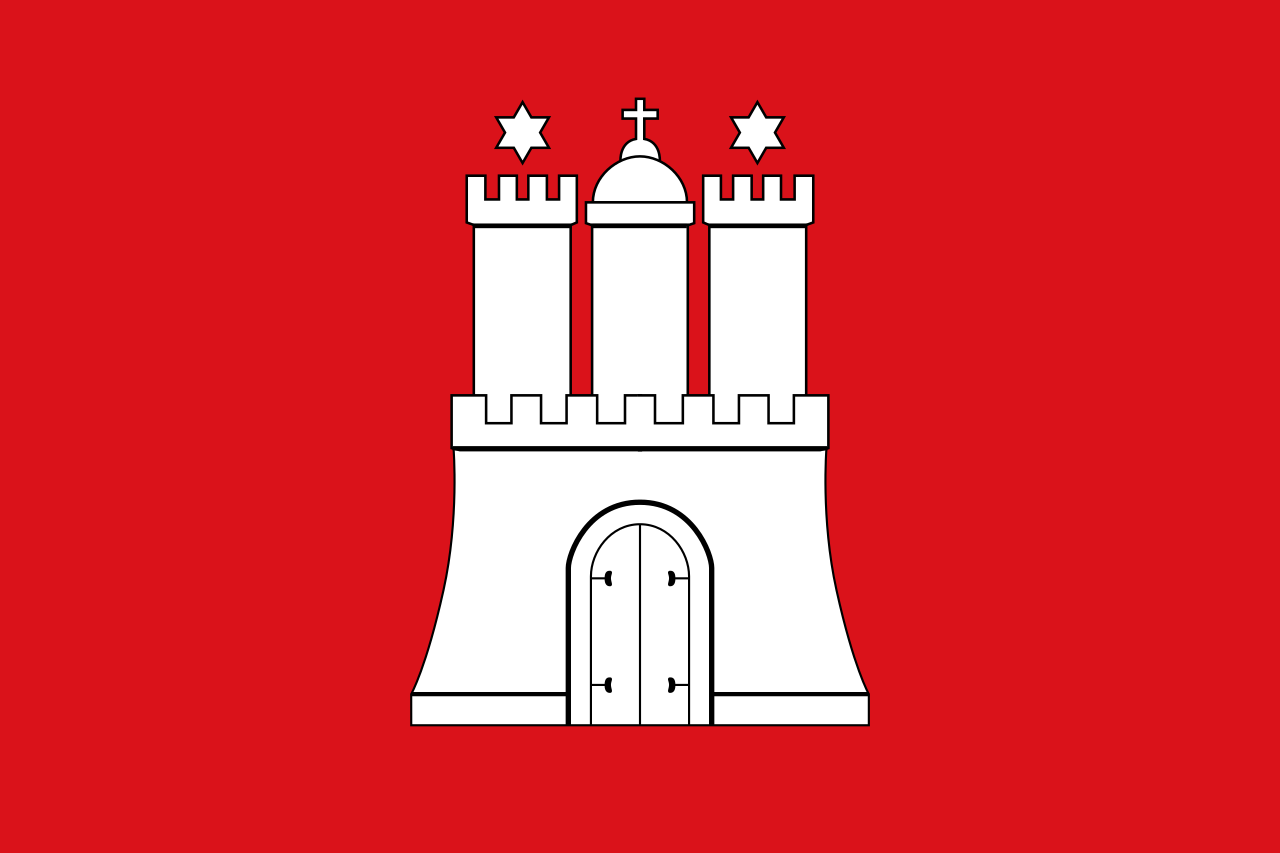 Hamburg
Hamburg

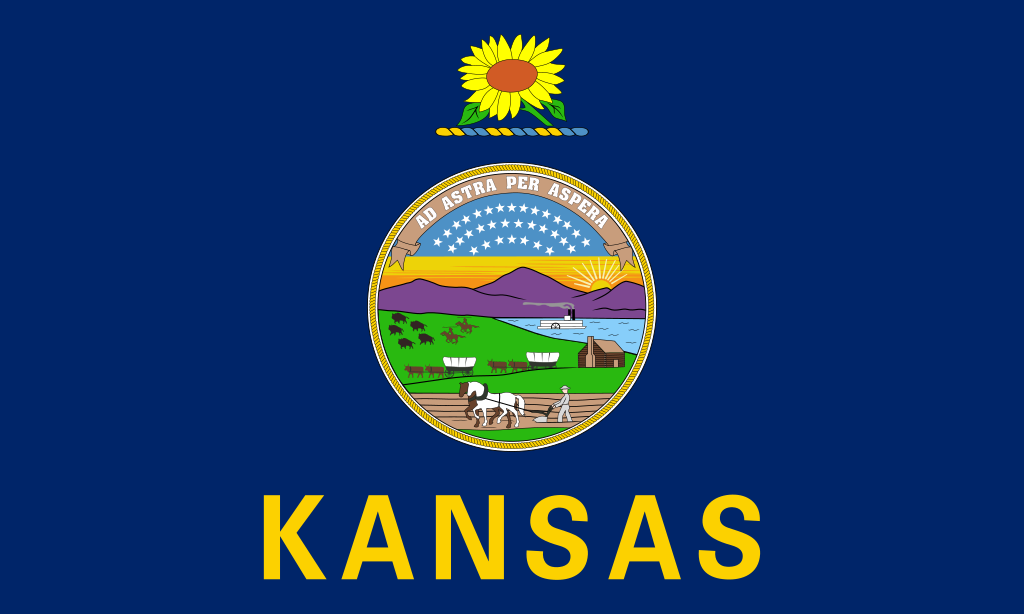 Kansas-KS
Kansas-KS



 Aerospace
Aerospace
 Civil aircraft
Civil aircraft

 Madrid
Madrid




 Military, defense and equipment
Military, defense and equipment
 Military aircraft
Military aircraft

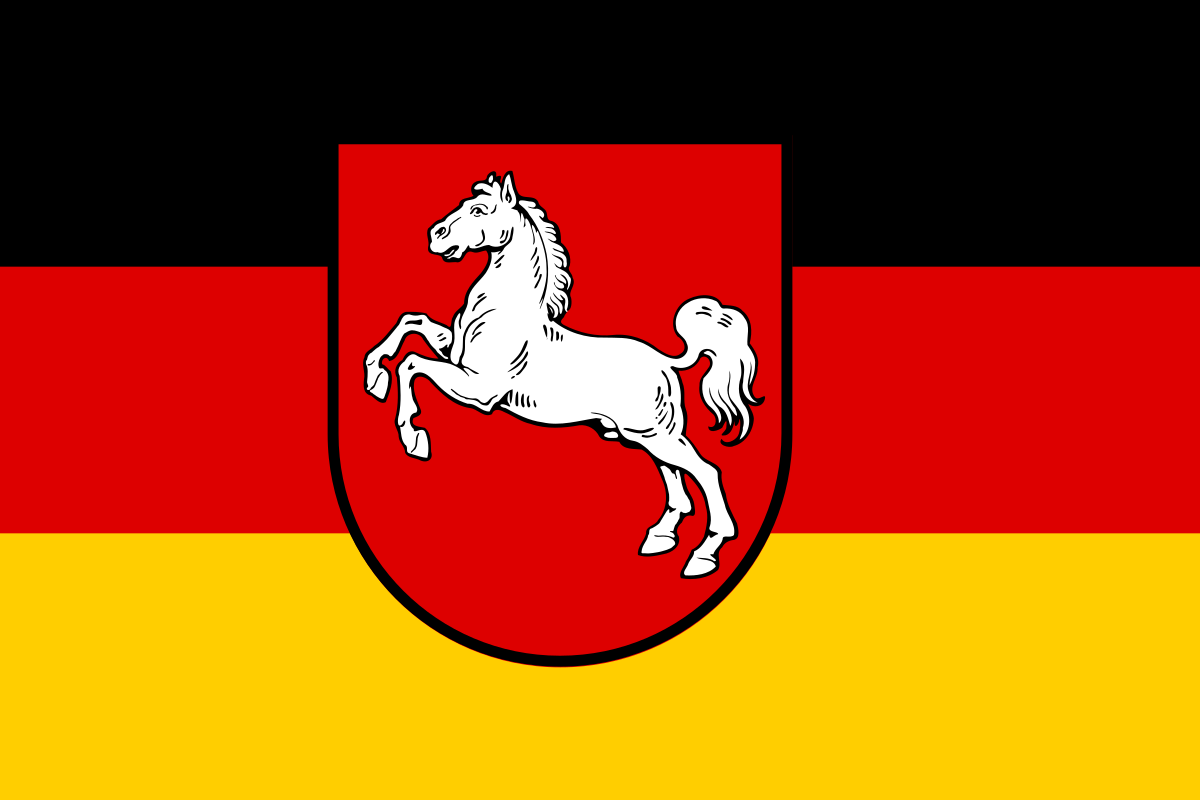 Lower Saxony
Lower Saxony

 Occitania
Occitania

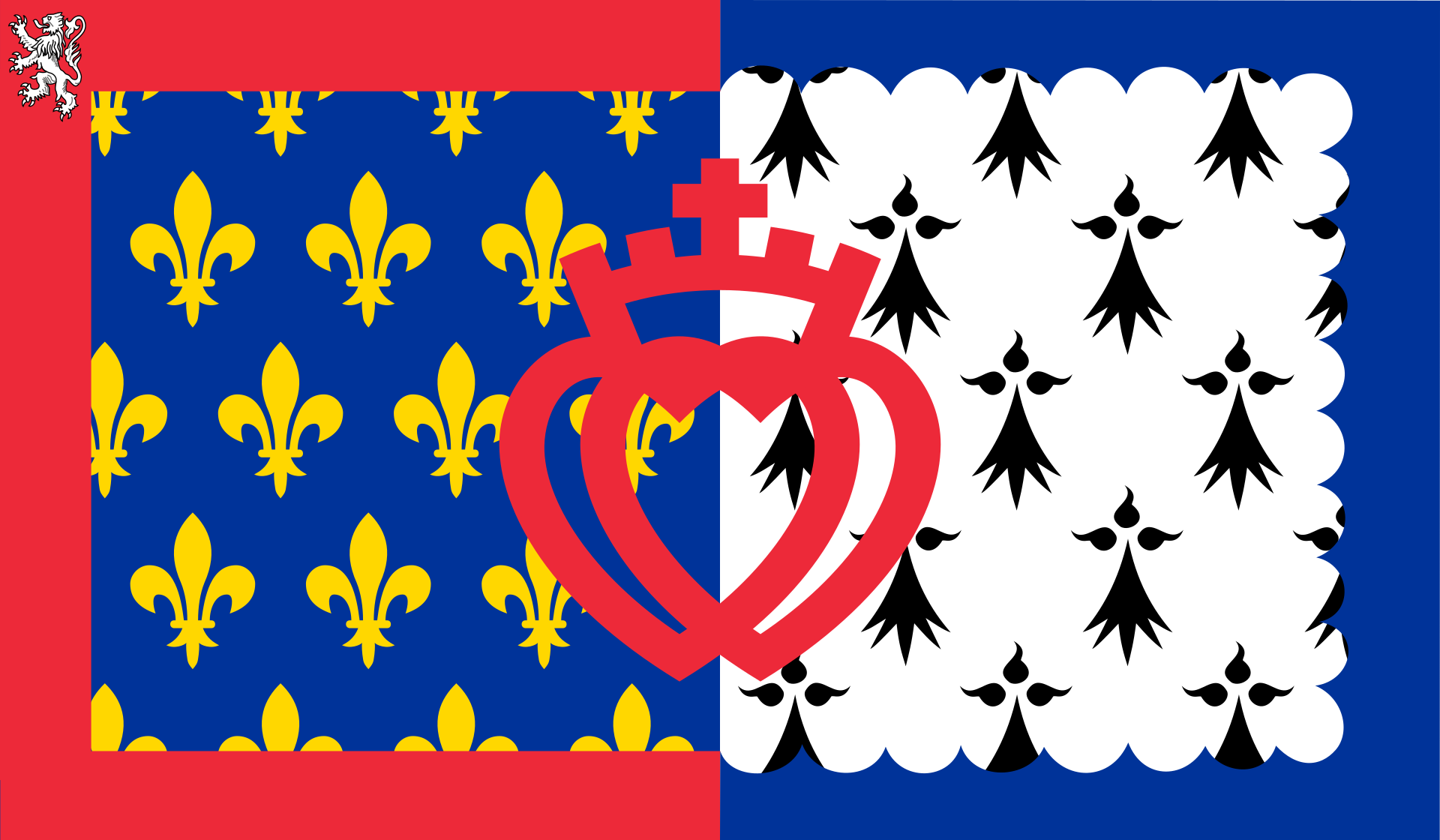 Pays-de-la-Loire
Pays-de-la-Loire
 Spain
Spain
 Tianjin Shi-TJ
Tianjin Shi-TJ
 United States
United States
 United Kingdom
United Kingdom

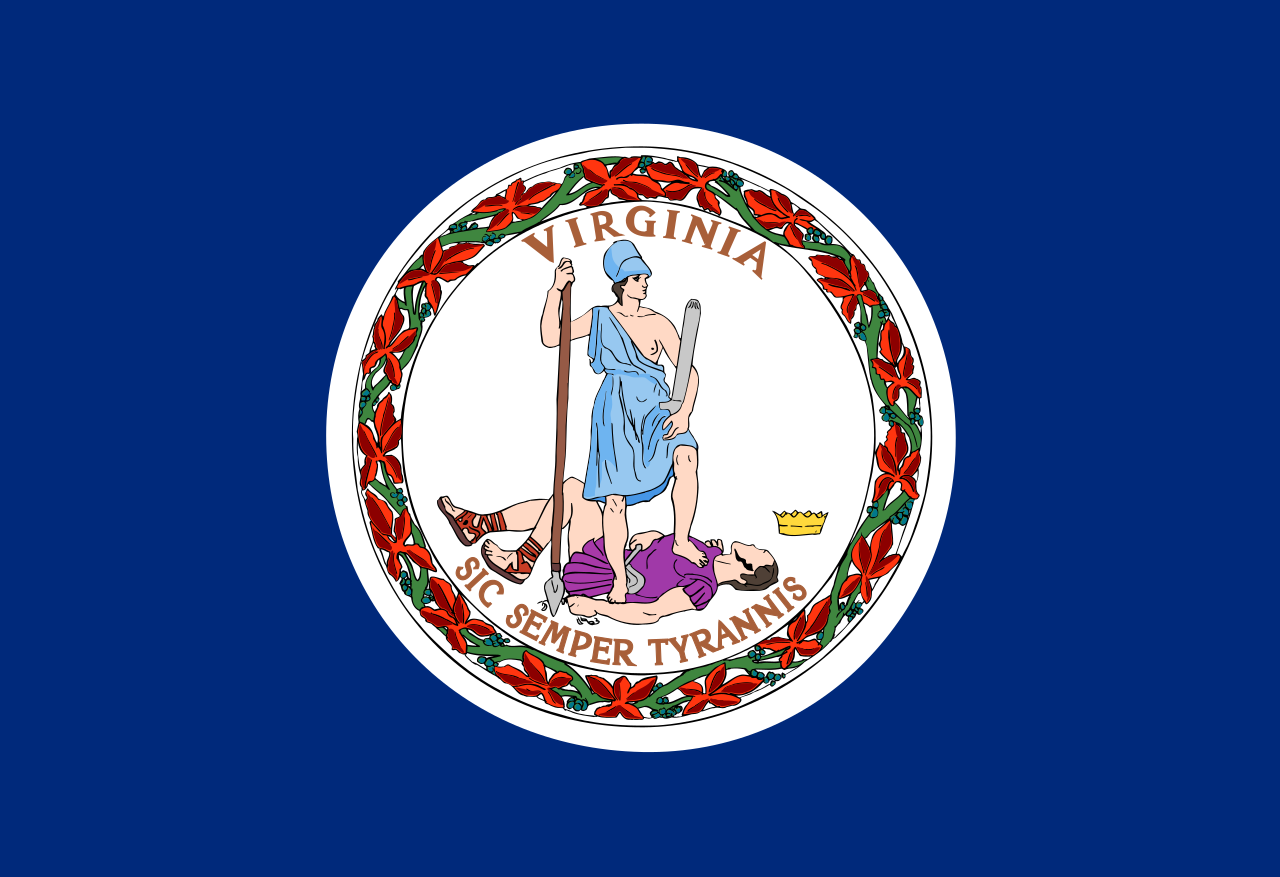 Virginia-VA
Virginia-VA
 Wales
Wales

 Washington, D.C.
Washington, D.C.

 Science and technology
Science and technology




美国公共政策企业研究院(American Enterprise Institute for Public Policy Research),简称美国企业研究院(American Enterprise Institute (AEI)),是一个位于美国首都华盛顿特区的智库,研究政府、政治、经济和社会福利[2][3]。美国企业研究院是一个独立非营利性机构,建立于1938年,主要由基金会、企业、个人赞助支持。其宣称的宗旨是:守护并改善美国自由和民主资本主义的原则与制度,即有限政府、私人企业、个人自由与责任、谨慎与有效的国防及外交政策、政治责任和公开辩论[4]。美国企业研究院与保守主义和新保守主义关联密切,但宣称自身没有党派倾向[5]。
Das American Enterprise Institute for Public Policy Research (AEI) ist ein konservativer US-amerikanischer Think Tank in Washington, D.C.
Das AEI finanziert sich durch Spenden von Privatpersonen, Konzernen und Stiftungen. Es verfügt über fünfzig sogenannte Fellows, die fest am AEI arbeiten. Bei diesen Fellows handelt es sich u. a. um Ökonomen, Rechtswissenschaftler und Politologen, darunter auch zahlreiche Vordenker des Neokonservatismus in den USA, wie Richard Perle, Lynne Cheney und Irving Kristol. Diese neokonservativen Strategen verfügten über enge Verbindungen zur US-Regierung. Ihnen wurde daher ein prägender Einfluss auf die US-Politik, vor allem in außenpolitischen Fragen, nachgesagt. Das galt nicht nur für die Präsidenten Nixon und Reagan, sondern auch für George W. Bush.
Die Publikationen des AEI decken ein breites Themenspektrum ab, das vor allem die Themen Wirtschaft, soziale Sicherheit und Außenpolitik betrifft. Das Institut veröffentlicht pro Jahr zahlreiche Bücher, Artikel und Reports, es organisiert Tagungen und Veranstaltungen und gibt eine eigene politische Zeitschrift heraus (The American Enterprise).
Mitte der 2000er Jahre galt das AEI Beobachtern als bedeutendster Think Tank der neokonservativen Intellektuellen um George W. Bush.


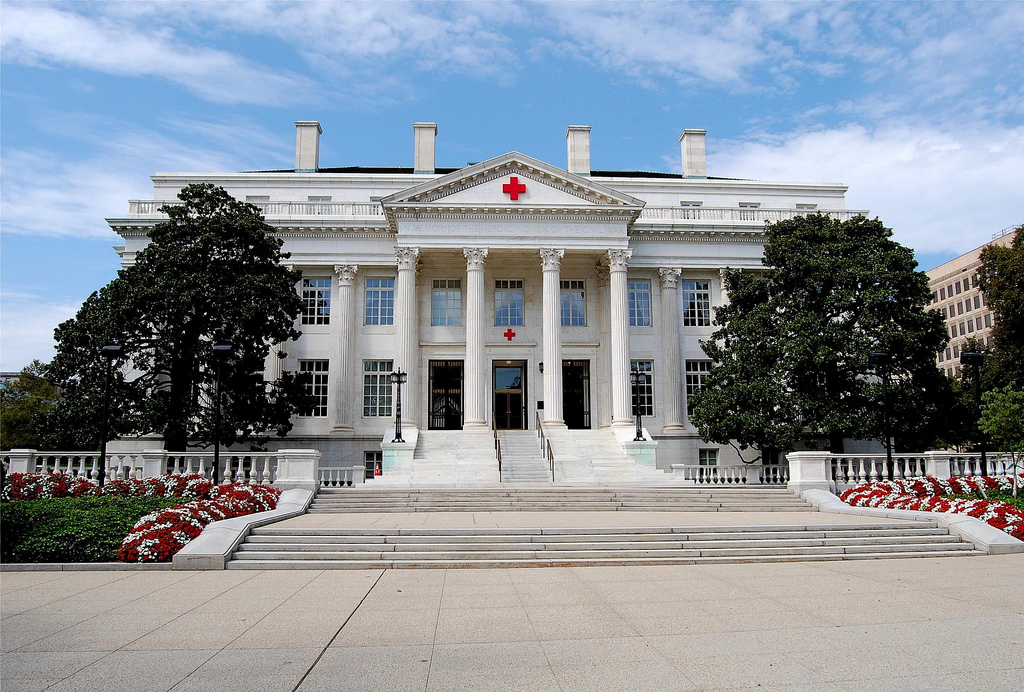


美国总统就职典礼的举行,标志着新一届美国总统任期的开始。实际上,美国宪法中对就职典礼所规定的唯一一项,就是在总统进入总统办公室执政前,必须进行宣誓。然而随着历史的推移,就职典礼的传统项目也逐渐扩大,已从最初一个简单的就职宣誓仪式,发展成为如今一个包括游行、演讲和舞会的为期一天的活动。
宣誓当天,被称为就职典礼日(Inauguration Day),是美国联邦的公共假期。从1793年至1933年为3月4日,从1937年之后,就职日为1月20日(1933年批准的美國憲法第二十修正案改变任期的开始日期)。从安德鲁·杰克逊总统至吉米·卡特总统,就职典礼主要在美国国会的东门廊(East Portico)举行[1]。
Die Amtseinführung des Präsidenten der Vereinigten Staaten (englisch United States presidential inauguration) ist der von Feierlichkeiten begleitete Beginn der Amtszeit eines US-Präsidenten. Die Verfassung der Vereinigten Staaten legt diesen Zeitpunkt seit 1933 auf den 20. Januar nach der Präsidentschaftswahl um 12 Uhr fest (in Kraft ab 1937).
アメリカ合衆国大統領就任式(アメリカがっしゅうこくだいとうりょうしゅうにんしき、United States presidential inauguration)は、次期大統領 (President-elect) によるアメリカ合衆国大統領職への就任宣誓を中心とする式典。
The inauguration of the president of the United States is a ceremony to mark the commencement of a new four-year term of the president of the United States. This ceremony takes place for each new presidential term, even if the president is continuing in office for a second term. Since 1937, it has taken place at noon EST on January 20, the first day of the new term, some 72 to 78 days after the presidential election, except for three occasions when January 20 fell on a Sunday. In those years, the presidential oath of office was administered on that day privately and then again in a public ceremony the next day, on Monday, January 21. The most recent presidential inauguration ceremony was held on January 20, 2017, when Donald Trump officially assumed office. The next inauguration will take place on Wednesday, January 20, 2021.
Recitation of the presidential oath of office is the only component in this ceremony mandated by the United States Constitution (in Article II, Section One, Clause 8). Though it is not a constitutional requirement, the chief justice typically administers the presidential oath of office. Since 1789, the oath has been administered at 58 scheduled public inaugurations, by 15 chief justices, one associate justice, and one New York state judge. Others, in addition to the chief justice, have administered the oath of office to several of the nine vice presidents who have succeeded to the presidency upon their predecessor's death or resignation intra-term.
Since the 1981 inauguration of Ronald Reagan, the ceremony has been held at the west front of the United States Capitol facing the National Mall with its iconic Washington Monument and distant Lincoln Memorial. Other swearing-in ceremonies have taken place on a platform over the steps at the Capitol's east portico on a regular basis for 180 years, and occasionally inside the Old Senate Chamber on the old north side, the chamber of the House of Representatives in the south wing, and the central Rotunda under the dome.[1] The last regularly scheduled inauguration not to take place at the Capitol was Franklin D. Roosevelt's fourth inauguration in 1945, which was held at the White House.
Over the years, various traditions have arisen that have expanded the inauguration from a simple oath-taking ceremony to a day-long event, including parades and multiple social gatherings. The ceremony itself is carried live via the major U.S. commercial television and cable news networks; various ones also stream it live on their websites.
When a president has assumed office intra-term the inauguration ceremony has been conducted without pomp or fanfare. To facilitate a quick presidential transition under extraordinary circumstances, the new president takes the oath of office in a simple ceremony and usually addresses the nation afterward.
L'Inauguration Day (en français, Jour d'investiture) est le jour aux États-Unis où le président élu prête serment et prend ses fonctions comme président des États-Unis, au mois de janvier. Le vice-président élu prête également serment et entre en fonction le même jour.
Le dernier Inauguration Day s'est déroulé le 20 janvier 2017 avec l'investiture de Donald Trump comme 45e président des États-Unis.
Le mandat d'un président américain débutant constitutionnellement le 20 janvier à midi, heure de Washington (17h00 TU/UTC), il est de tradition si ce jour tombe un dimanche, que la prestation de serment se tienne en comité restreint à la Maison-Blanche et de reporter les manifestations publiques, avec une seconde prestation de serment, au lendemain.
L'insediamento del presidente degli Stati Uniti è la cerimonia tenuta all'inizio del mandato presidenziale. La costituzione statunitense impone in realtà un unico adempimento: che il presidente presti un giuramento o comunque una dichiarazione solenne prima di entrare in carica. Tuttavia, nel corso degli anni sono sorte numerose prassi che hanno esteso l'insediamento da spartana cerimonia sacramentale a vera e propria giornata di sfilate, discorsi e danze.
Questa giornata, nota oggi come Inauguration Day, cadde il 4 marzo dal 1798 al 1933. Nel 1933 la ratifica del 20º emendamento, modificando la data di inizio mandato, la fissò al 20 gennaio. Dalla presidenza di Martin Van Buren a quella di Jimmy Carter la cerimonia principale dell'Inauguration Day si tenne nel portico est del Campidoglio. Dal 1981, con l'insediamento di Ronald Reagan, si è invece svolta sul lato ovest. Gli insediamenti di William Howard Taft nel 1909 e dello stesso Reagan nel 1985 si tennero dentro il Campidoglio a causa del freddo.
Da quando Oliver Ellsworth amministrò l'insediamento di John Adams, nessun altro presidente della Corte Suprema ha mai mancato a questo ufficio in una cerimonia d'insediamento regolarmente programmata. Allorché l'Inauguration Day è caduto di domenica, il giudice ha assistito al giuramento o il giorno stesso o altrimenti due volte: il sabato in privato e il lunedì in pubblico. La guerra del 1812 e la seconda guerra mondiale imposero di spostare la cerimonia da Washington.
La investidura presidencial de Estados Unidos se produce a partir de la apertura de un nuevo plazo de un presidente de los Estados Unidos.
Инаугурация президента США — торжественная церемония присяги и вступления в должность президента и вице-президента США. По традиции проводится публично перед Капитолием в Вашингтоне, привлекает большое число зрителей, сопровождается программной речью президента, по её случаю устраиваются торжественный парад и бал. До 1933 года включительно инаугурация проходила 4 марта, а после внесения Двадцатой поправки к Конституции — 20 января. В случае, если президентом становится вице-президент после досрочного окончания полномочий его предшественника, он приносит присягу, но публичной церемонии не проводится.
 Art
Art
 Companies
Companies


 Automobile
Automobile
 Economy and trade
Economy and trade
 Financial
Financial
 Museum
Museum
 Architecture
Architecture

 IT-Times
IT-Times
 Important International Organizations
Important International Organizations
 Universities in the USA
Universities in the USA